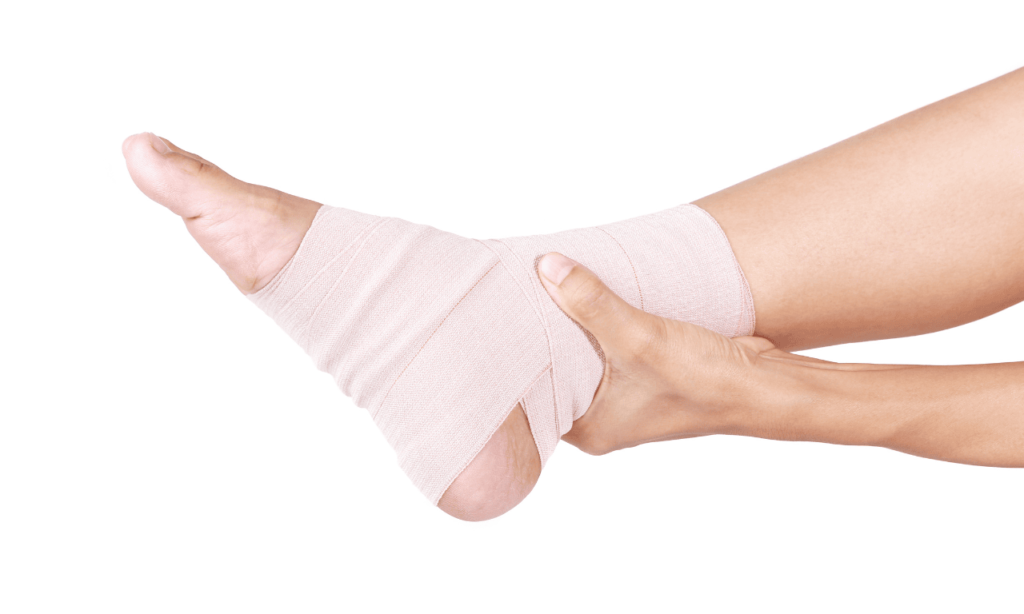Lateral ankle sprain is one of the most common sporting injuries but also considered very common outside of sports. Ankle sprains can often lead to recurrent instability and repetitive injuries. Chronic ankle instability can be noticed in as much as 75.9% of the sport players, causing long-time period limitations, especially in female dancers, who put severe stress on their lateral ankle ligaments while dancing.
The anterior talofibular ligament (ATFL) and calcaneofibular ligament (CFL) are vital stabilizers of the lateral ankle and are stressed at specific ankle positions. The ATFL sprains in a plantarflexed and inverted foot, whereas the CFL is greater prone to damage when the foot is dorsiflexed.
Lateral ligament injuries are perhaps one of the most common sports-associated injuries treated by podiatrists. According to research, more than 23,000 ankle sprains were expected to arise every day in the United States, which equates to one sprain per 10, 000 human beings each day.
Lateral ankle sprains are known as inversion ankle sprains or as supination ankle sprains. It is often a result of a forced plantarflexion/inversion motion, the complex of ligaments at the outer side of the ankle is torn by means of various stages. Although the ankle sprain is a notably benign damage, inadequate management and rehabilitation can result in residual symptoms that can present long-term.
MANAGEMENT OF ANKLE SPRAIN:
Early mobilization/movement of ankle sprains in comparison with cast immobilization has been shown to be more effective as it results in less pain and faster return to work.
Cast immobilization does not improve healing compared with an active mobilization rehabilitation application and might have negative implications when it comes to muscle wasting and stiffness.
Functional treatment is taken into consideration and is better in reaching greater effective mobilization and an earlier return to daily activities. Lateral ankle sprains responsd better to the conservative treatment which includes to begin with RICE—rest, ice, compression, and elevation—accompanied by using early mobilization.
Rehabilitation specializes in restoring ROM, strength, stability, and ordinary gait styles.
Functional rehabilitation begins at the day of injury and keeps going until pain-free walking and activities are attained.
Functional rehabilitation has four components: ROM, strengthening, proprioception, and activity-specific training. Ankle joint stability is a prerequisite to the institution of functional rehabilitation. Since Grade I and Grade II injuries are considered stable, functional rehabilitation has to begin immediately.
At first, it’s ideal to relax the foot for a few days and – depending on how severe the injury is – put no or a little weight on it. If this isn’t always enough, painkillers can help. These include non-steroidal anti-inflammatory tablets (NSAIDs) such as ibuprofen, diclofenac and ASA (the drug in drug treatments like Aspirin). Some medicines can be used within the form of ointments or drugs, each of which have been shown to temporarily reduce pain and swelling.
Dr. Zubeen Mistry at DFW Foot and Ankle care can provide treatment options for the management of Lateral Ankle Sprains. If you have any questions about Lateral Ankle Sprain or would like to schedule an appointment with Dr. Zubeen Mistry, contact our office at (469) 551-8595.


